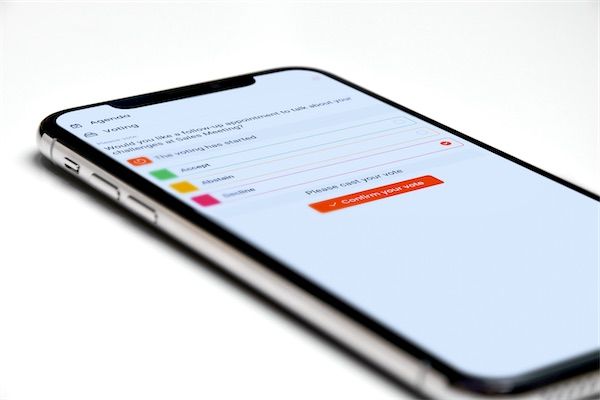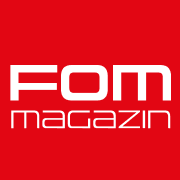In the digital age, lateral leadership is increasingly replacing disciplinary leadership. This is because digital leadership requires a leadership culture and structure that enables new forms of collaboration.
A Editorial of the FOM Magazine
Virtual collaboration and decentralized teams require a new kind of leadership culture. Hierarchies and disciplinary leadership are increasingly taking a back seat. Instead, personal responsibility and independent work are becoming more important.
There is talk of "lateral leadership". This does not mean bean bags and free snacks, but above all the way in which colleagues and managers communicate with each other.
Lateral leadership: Leading from the side
Leadership coach Dr. Christian Sauer said in an interview with t3n that "leading from the side" is replacing the old leadership structure with strict hierarchies, which was based on traditional reporting lines and relied on a high degree of control. This is because in the increasingly digital world of work, the traditional approach is reaching its limits.
Instead, Sauer advocates a new leadership model based on relationships, structure and trust. In lateral leadership, employees get their colleagues to do certain tasks without issuing formal instructions or even having disciplinary authority.
Hierarchy is thus replaced by a common mission and a self-image that all team members share in this mission. This also places greater demands on employees in terms of their personal responsibility and communication skills.
So far so good. But how do you put this new corporate culture into practice?
FOM Framework: Digital Leadership through Best Practices
Leaders can support the shift toward lateral leadership and digital leadership by providing the right tools and platforms.
Software can support especially with Sauer's second point: Structure. Because structure doesn't come about by itself, it has to be created. However, managers often lack experience with digital collaboration.
To compensate for a lack of experience in digital working, software can provide the necessary best practices for digital leadership. For example, FOM software includes tools such as agenda templates and meeting settings for formats like 15-minute meetings or all-hands meetings that create a company-wide meeting standard.
Providing such structures makes organizational work easier for managers. At the same time, communication within the team is simplified because all meeting participants know the tools and formats, regardless of the personnel constellation in which a meeting takes place.
Inclusive leadership culture: tools for digital voting
FOM software also includes tools to facilitate inclusive employee leadership. For example, digital voting tools during meetings can enable collaborative decision making.

Digital voting is not suitable for all decisions. Managers should establish uniform company-wide rules for the type of decision in which employees are involved. For example, can employees only have a say in team events or are they also involved in strategic decisions?
Lateral leadership also in hybrid settings
FOM software is not only suitable for virtual teams. There is also more and more virtual collaboration in physical offices. For example, because employees can decide more freely about their working hours and their workplace, making hybrid meetings part of everyday life.
Meetings with external stakeholders such as customers or suppliers are also increasingly taking place digitally. Here, companies can score points with structured meeting formats that simplify meetings for both internal and external meeting participants.
Digital leadership means change for managers
The transition to a new leadership culture is a challenge not only for employees, but also for corporate management. Creating structure and effective communication will become a key challenge for managers in the digital age.
Since there has been little experience with digital collaboration and lateral leadership to date, the principle is: measure, understand, improve.
While there have been few ways to measure the physical meeting experience, this is possible with digital and hybrid meetings. For example, FOM software provides evaluations regarding meeting length, meeting duration, participant strength or the use of tools.
Management guru Peter Drucker said, "Corporate culture eats strategy for breakfast." But it takes strategy to create the right culture. FOM tools provide the structural foundation for this.







